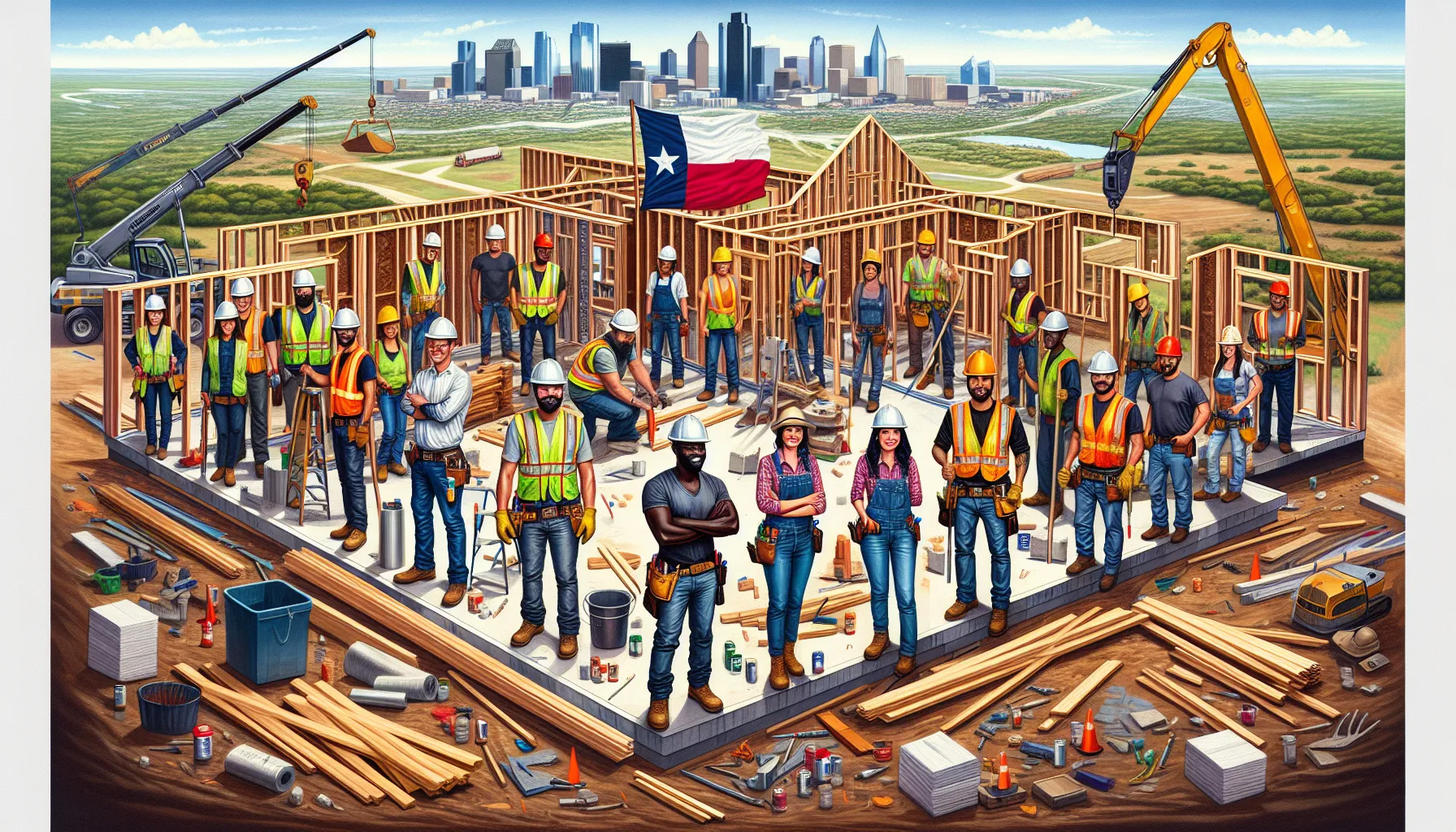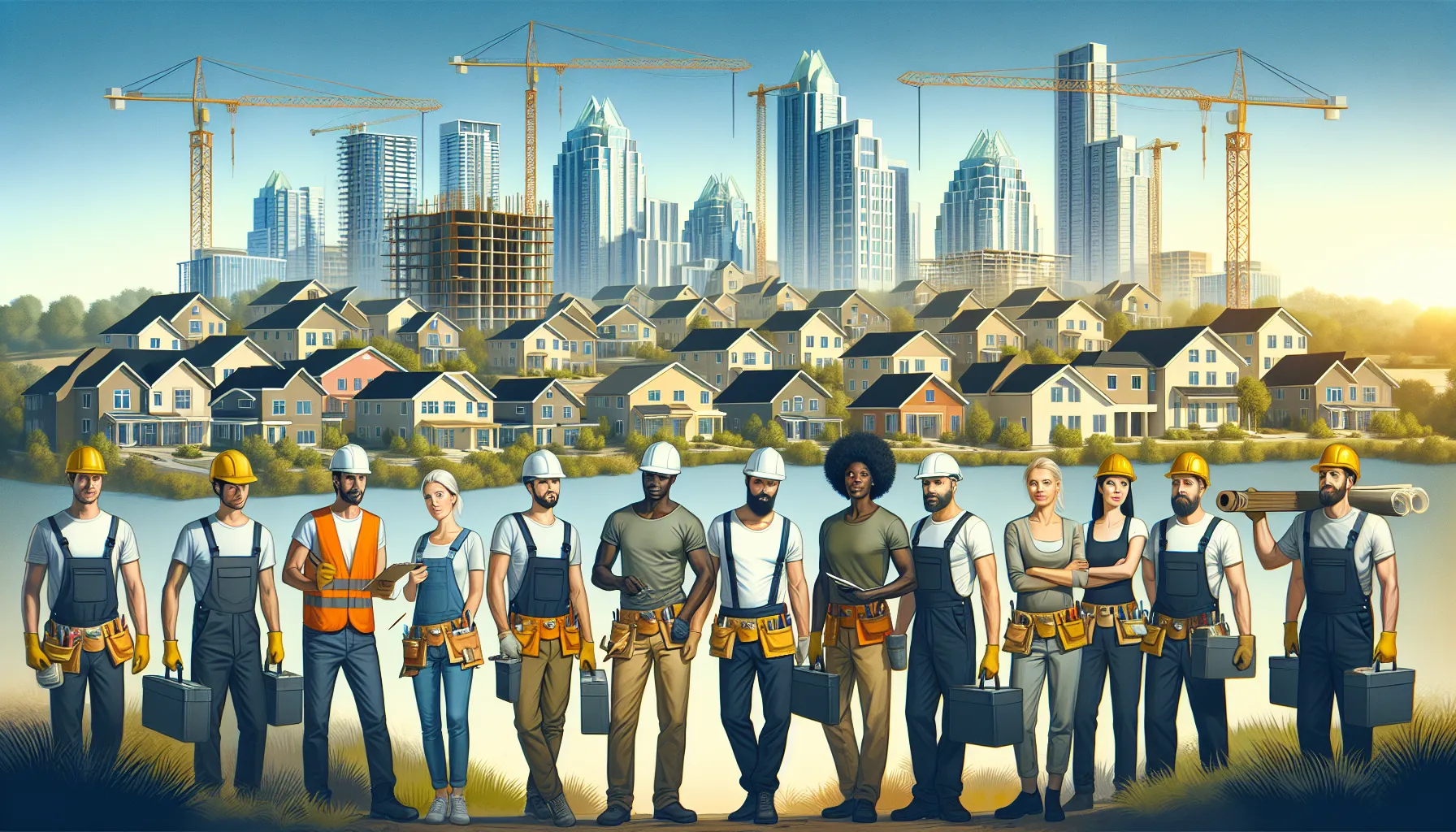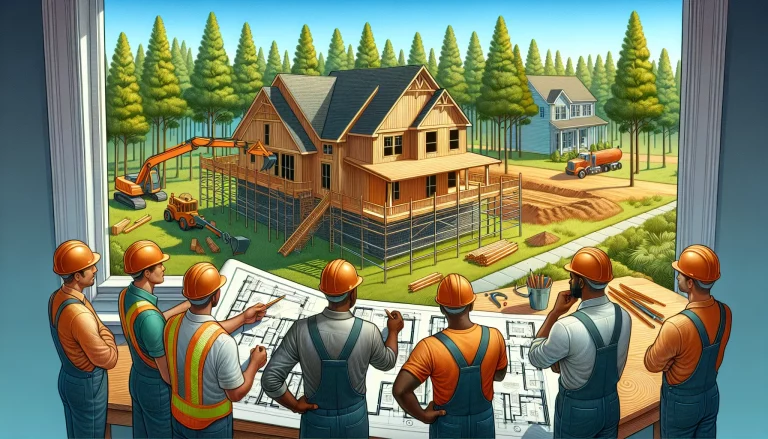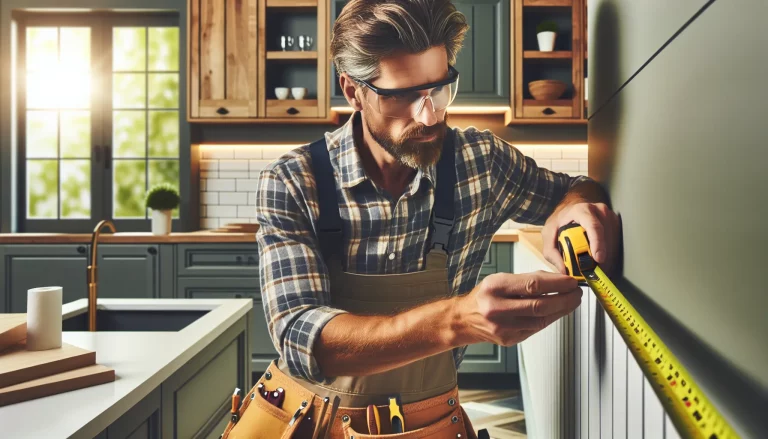Key Takeaways
- Understanding the average cost to build a house in Texas ranges from $150,000 to $450,000, heavily influenced by the location and local market conditions.
- Urban areas, such as Austin and Dallas, typically exhibit higher costs per square foot compared to rural regions, where prices can be significantly lower.
- Land acquisition, labor, and material costs are critical factors that can impact the overall construction budget; fluctuations in material prices can lead to unexpected expenses.
- Accurate budgeting should include not only the direct costs of construction but also additional expenses like permits, inspections, and landscaping, which may add 10-20% to the total cost.
- Exploring various financing options and state incentives for first-time homebuyers can enhance affordability and access to home ownership in Texas.
- Understanding local zoning regulations is essential for avoiding costly delays and ensuring compliance during the construction process.
Building a home in Texas can be an exciting journey, but understanding the average costs involved is crucial for making informed decisions. With the Lone Star State’s diverse landscape and booming real estate market, it’s essential to know what to expect when budgeting for your new abode.
Overview of Housing Costs in Texas
Housing costs in Texas vary significantly based on location, type of home, and local market conditions. The average price to build a house in Texas currently ranges from $150,000 to $450,000, with metropolitan areas like Austin and Dallas often seeing higher figures due to demand and economic growth. Building expenses also fluctuate with factors such as material costs, labor availability, and land prices, which can impact overall budgeting.
Local market dynamics play an essential role in determining housing affordability. Urban regions typically exhibit higher costs per square foot, reflecting their desirability and infrastructure. For instance, constructing a home in rural Texas can often be more economical due to lower land prices and competition. Conversely, as we look at larger cities, buyers might confront additional expenses like permits and inspections, further affecting total investment.
Financing options available to prospective homeowners also contribute to the decision-making process. Mortgage rates can vary, but current rates hover around 6% for fixed mortgages. Additionally, state incentives or government programs for first-time homebuyers may ease the financial burden. Understanding these aspects empowers us to make informed decisions that fit our budget and lifestyle needs.
Construction timelines and local zoning regulations impact both cost and planning. In many regions, the entire build process can take anywhere from six months to over a year, depending on the complexity of the project. Knowing local regulations helps us avoid unexpected delays and additional expenses, reinforcing the importance of thorough research before committing to a building plan.
Factors Influencing Construction Costs

Understanding construction costs in Texas requires an examination of several key factors. These elements can significantly impact the overall budget when building a new home.
Land Acquisition Expenses
Land acquisition expenses include the purchase price of the property and additional costs like closing fees and property taxes. These costs vary widely across Texas, reflecting local demand and geographical nuances. For instance, a plot of land near urban centers like Houston or Austin typically commands higher prices compared to rural areas, where it’s possible to find larger lots at more affordable rates. Buyers should factor in expenses for land surveys and soil tests, which ensure the land’s suitability for building. Identifying the right location involves understanding zoning regulations, as these can dictate property usage and ultimately influence long-term value.
Labor and Material Costs
Labor and material costs are pivotal in determining construction expenses. Material prices fluctuate based on supply chain conditions and demand, with common materials like lumber and concrete seeing significant price variations. For example, during periods of high demand, these costs can surge, effectively increasing the overall construction budget. Additionally, labor costs differ based on skill level and local market conditions. Skilled labor may command higher wages, particularly in urban settings where demand for builders, electricians, and plumbers is robust. It’s essential to anticipate these variations in your budget to prevent unexpected expenses down the line. Are potential homeowners considering hiring general contractors versus handling aspects themselves to achieve cost savings? This decision can affect not only financial outcomes but also project timelines.
Regional Variations in Texas

Texas showcases diverse regional cost variations in home construction. Understanding these differences is essential for potential homeowners to budget effectively.
Urban vs. Rural Areas
Urban areas in Texas, like Austin and Dallas, typically exhibit higher construction costs. With increased demand, home prices often rise sharply in these locations. For instance, the average cost to build a house in Austin can reach up to $250 per square foot, while rural areas may average $130 per square foot. Rural regions often provide more economical options due to lower land prices and labor rates. However, rural builds may involve longer commutes to work and limited access to amenities. We recommend evaluating personal priorities against the cost differences to make informed decisions.
Major Cities and Their Costs
Major cities in Texas present varying construction costs that reflect local market conditions. In Houston, the average cost is around $150 to $200 per square foot, significantly lower than that in Austin. Fort Worth also offers competitive rates, averaging $160 per square foot due to a growing housing market. Each city’s cost structures are influenced by factors such as land availability, neighborhood desirability, and economic growth. We advise prospective homeowners to research city-specific data thoroughly, as understanding these nuances can yield better financial outcomes during the building process.
Estimated Average Costs
Understanding the estimated average costs is essential for budgeting accurately when building a home in Texas. These costs can vary widely based on multiple factors such as location, construction type, and market conditions.
Breakdown by Square Footage
Average construction costs per square foot provide a clear picture of what to expect. Urban areas typically present higher costs, with Austin averaging $250 per square foot, while Dallas registers at $200 per square foot. In contrast, rural regions show more economical options; for instance, average costs can fall to about $130 per square foot in less populated areas. To illustrate, a 2,000-square-foot home in Austin could cost around $500,000, contrasting sharply with a similar-sized home in a rural area, potentially costing only $260,000. Understanding square footage pricing helps us refine our budget and determine the most suitable location for our new home.
Additional Costs to Consider
Beyond square footage, we must also factor in additional costs associated with home construction. These can include land acquisition fees, which cover the purchase price, closing costs, and property taxes. Costs for permits and inspections often arise as well, which can range between $1,000 to $5,000 depending on the region. Additionally, landscaping, utility connections, and appliance installation can quickly add up; thus, these expenses could represent an additional 10-20% of the overall budget. As we assess these variables, it’s crucial to create a comprehensive financial plan that accounts for both expected and unexpected costs in our home-building journey.
Financing and Budgeting Tips
Understanding financing options plays a critical role in building a home. We recommend exploring various mortgage types, including fixed-rate and adjustable-rate mortgages. Fixed-rate mortgages provide stability with consistent payments, while adjustable-rate mortgages can offer lower initial rates but fluctuate over time. Taking the time to evaluate these choices can help us choose what aligns best with our financial situation and long-term plans.
Budgeting accurately involves accounting for all potential costs related to homebuilding. We should break down expenses into categories such as materials, labor, permits, and inspections, alongside land acquisition costs. For instance, if building a 2,000-square-foot home in Austin might cost around $500,000, we must ensure to factor in an additional 10-20% for unexpected expenses like landscaping and utility connections. This comprehensive approach prevents surprises during the building process.
Understanding local regulations can also influence our budget. Texas has specific zoning laws and permit requirements that vary by city. Researching these regulations upfront helps us avoid costly delays and fines down the line. For example, certain areas may require more extensive inspections or additional permits, which can increase both our time and expenses.
Exploring state incentives can significantly enhance our purchasing power. Texas offers programs for first-time homebuyers that can reduce down payment requirements and interest rates. By leveraging these opportunities, we maximize our financial resources while minimizing out-of-pocket expenses.
Ultimately, building a home involves striking a balance between budget constraints and desired outcomes. We must assess our priorities—whether it’s speed versus quality or location versus cost. This reflective approach enables us to make informed decisions that align with both financial goals and personal values, ensuring a successful homebuilding experience.
Conclusion
Building a home in Texas is an exciting journey that comes with its unique set of challenges and opportunities. By understanding the average costs and the factors that influence them, we can make more informed decisions that fit our budget and lifestyle.
Whether we’re looking at urban areas with higher expenses or exploring rural options for savings, careful planning is essential. Taking the time to research local market conditions and financing options can help us navigate this process with confidence.
Ultimately, being well-prepared allows us to create the home of our dreams while staying within our financial means. With the right knowledge and resources, we can turn our vision into reality in the vibrant Texas real estate market.
Frequently Asked Questions
What are the average costs to build a home in Texas?
The average cost to build a home in Texas ranges from $150,000 to $450,000. Prices vary significantly based on location, home type, and market conditions, with metropolitan areas like Austin and Dallas usually commanding higher figures.
How do location and type of home affect building costs in Texas?
Location plays a significant role in building costs. Urban areas tend to have higher costs per square foot, while rural areas offer more economical options. The type of home also impacts costs, with custom and luxury homes generally being more expensive.
What financing options are available for building a home in Texas?
Current mortgage rates in Texas are around 6%. Various options include fixed-rate and adjustable-rate mortgages. Additionally, state incentives exist for first-time homebuyers, which can help reduce financial burdens when building a home.
How long does it take to build a house in Texas?
The construction timeline for building a house in Texas can range from six months to over a year. This timeframe is influenced by factors like local zoning regulations, financing complexities, and weather conditions, which can affect project timelines.
What should I consider when budgeting for building a home?
When budgeting for a home build, consider costs beyond the square footage, such as land acquisition, permits, inspections, and landscaping. Accounting for these expenses and setting aside an additional 10-20% for unexpected costs is crucial for accurate budgeting.
Why are land acquisition expenses significant in Texas?
Land acquisition expenses vary widely across Texas, with urban areas typically having higher prices due to demand. Costs include not just the purchase price, but also closing fees and property taxes, which can significantly influence your overall budget.
How do labor and material costs impact home construction in Texas?
Labor and material costs can fluctuate, affecting your overall budget when building a home. Rising material prices and labor wages can increase construction costs, so prospective homeowners should stay informed about local market trends.
What are some regional variations in construction costs in Texas?
Urban areas like Austin and Dallas have higher construction costs, with Austin averaging $250 per square foot. In contrast, rural areas may average around $130 per square foot, indicating significant differences based on geographic location in Texas.






